Have you ever wondered what fruit and veggies look like before they are ready to harvest? Of course, we all know what they look like on the grocery store shelves. However, your food travels farther than you might anticipate, and the origins can be unexpected. We blame the modern high-consumption lifestyle, but thankfully, that’s not the topic of this article!
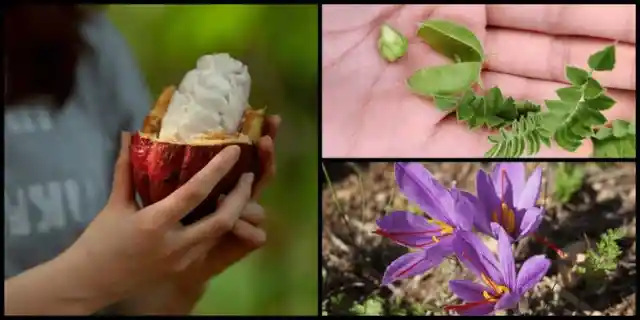
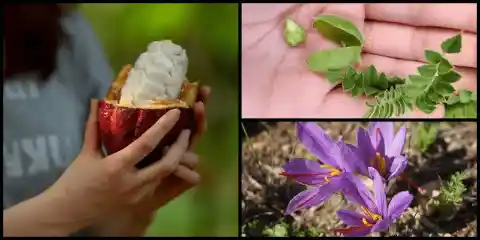
This article is all about sharing images of natural products before harvest, including kidney beans, vanilla beans, nutmeg, and pistachios. These pictures are sure to change the way you view the fruits and vegetables you consume. From cacao to coffee beans, continue reading to get a brand-new perspective on some of your favorite dishes.
Star Fruit
The five-pointed star-shaped star fruit is a favorite snack due to its sweet and sour flavor. The flesh is prevalent in many cuisines, and the skin is edible. It has a mild, acidic flavor.
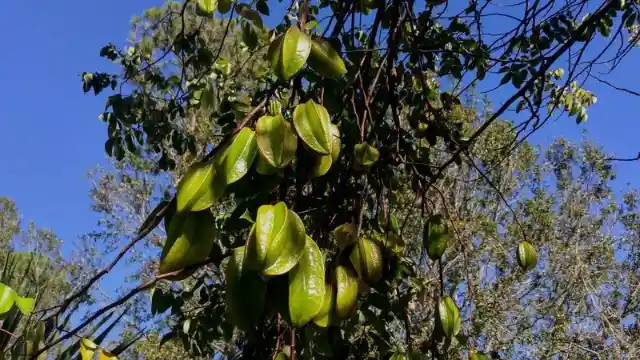
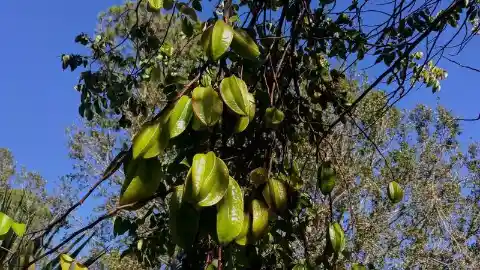
They are surprisingly simple to cultivate, and many people in Asia and Australia enjoy growing starfruit trees at home. With few calories but a lot of fiber and vitamin C, star fruit is exceptionally nutrient-dense. However, people with kidney problems should avoid overeating star fruit.
Pistachios in the Wild
Pistachios are a kind of fruit, not a nut. They are in the same family as cherries and peaches, and the fruit type is known as a "drupe." Pistachios are an extremely wholesome food. In addition, they provide many health advantages, particularly for the heart, gastrointestinal tract, and waistline.
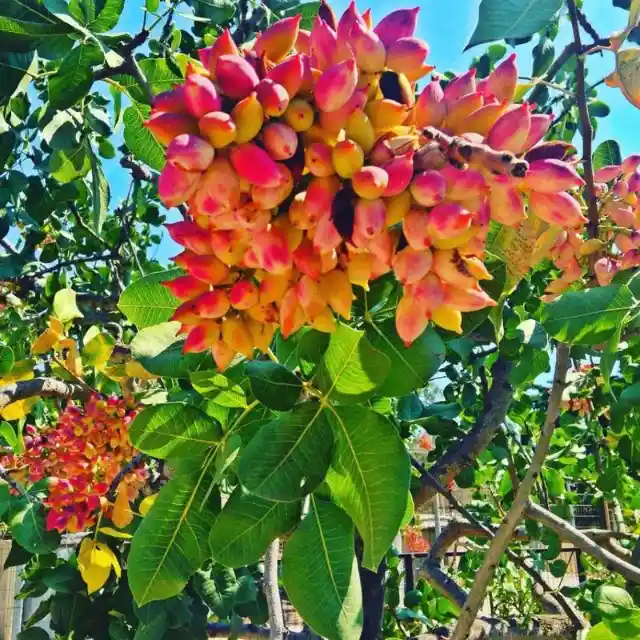
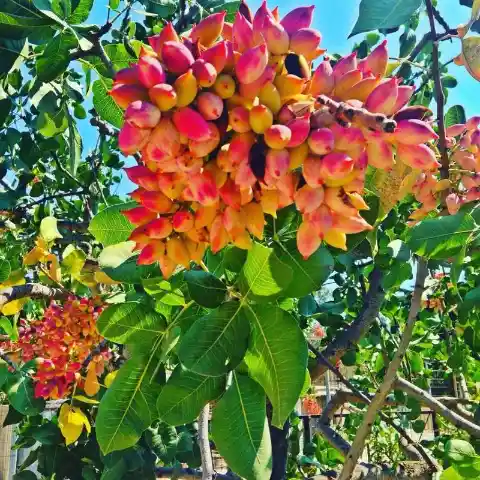
Growing pistachios requires persistence and time. If you grow a tree, it will take around five years before you encounter your first pistachio. After that, it will take seven to eight years to get a decent crop and 15 to 20 years to attain peak production.
Nutmeg on the Tree
Every coffee lover will be familiar with the spice nutmeg because it tastes so lovely sprinkled on top of your latte or cappuccino. The spice is also used to flavor baked goods, potatoes, meats, soups, vegetables, and beverages. It has a characteristic warm, somewhat sweet taste and aromatic scent.
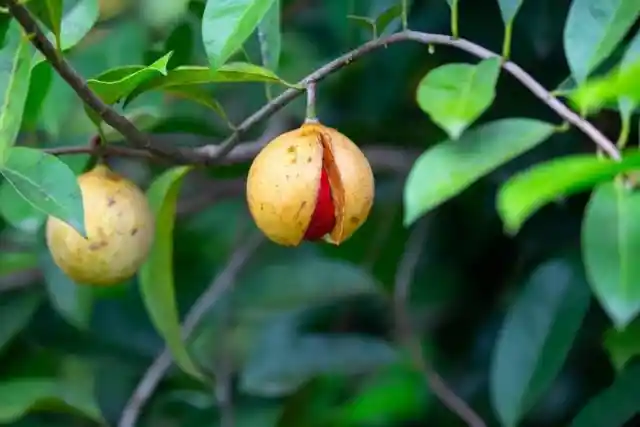
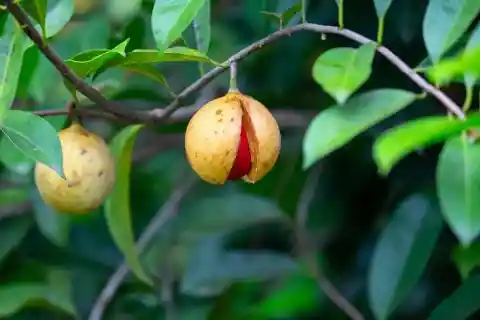
To preserve nutmeg's exquisite flavor and ensure its long shelf life, the spice should be kept whole. However, be careful not to consume too much, as it can cause hallucinations and make you feel very unwell in large quantities.
Kiwis Grow on Trees
Botanically, kiwis fall under the berry category. They start as blossoms and eventually become the delicious snacks you are familiar with when you see them on supermarket shelves. Although the kiwifruit, sometimes known as the Chinese gooseberry, has long been farmed in New Zealand, it has its roots in eastern China.
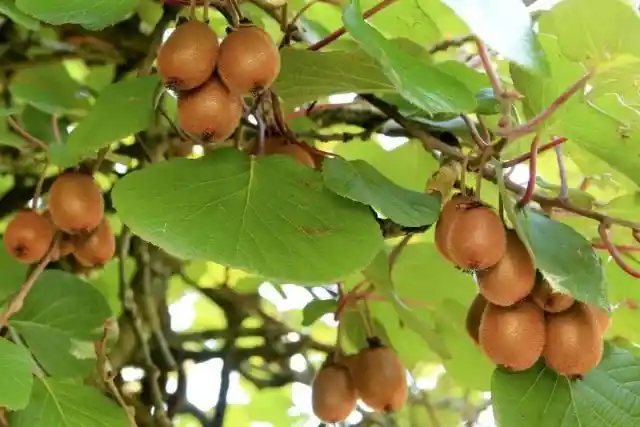
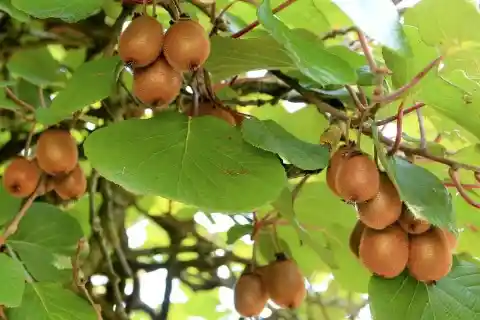
Americans love kiwifruit because it is high in vitamins and antioxidants and is a good choice for a healthy diet. Its tangy flavor, appealing texture, and low calorie content make it a tasty and healthful choice for sides, a special dessert, or just as a snack.
Dragon Fruit
Dragon fruit, which grows on climbing cacti, is loved in Asia but may also be found worldwide in tropical climates. The cactus has spikey tendrils, and the dragon fruit pods rise like flames. The exterior looks like a hot pink or yellow bulb, but where does the “dragon” reference come from?
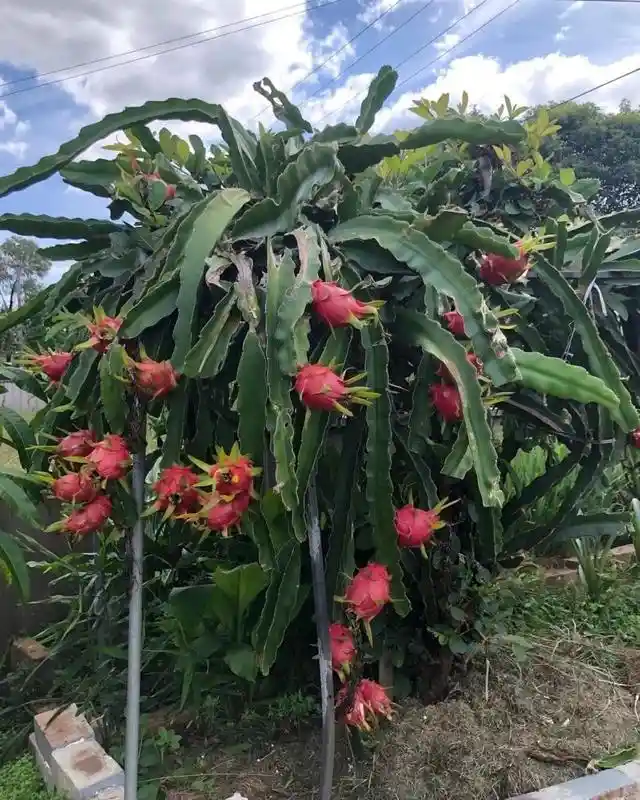
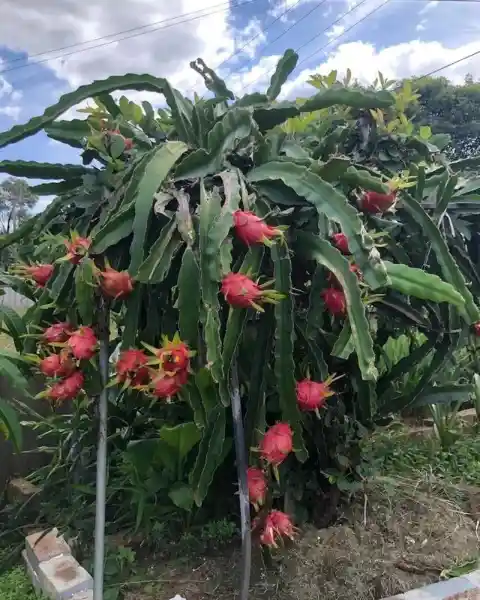
According to ancient folklore, the fruit was formed by fire-breathing dragons. According to some legends, dragon fruit resembles a dragon's egg. Indeed, they look like something you would see in Game of Thrones.
Pomegranates Are Pretty
You might notice similarities between these pomegranate trees and the Chinese festivity celebrated during the Lunar New Year. Red, globular pomegranates are beautiful fruit, inside and out. They have a white interior flesh crammed full of arils, which are edible seeds that are crisp and delicious.
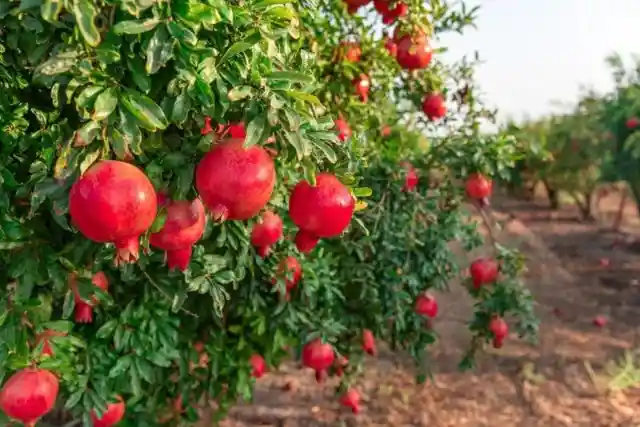
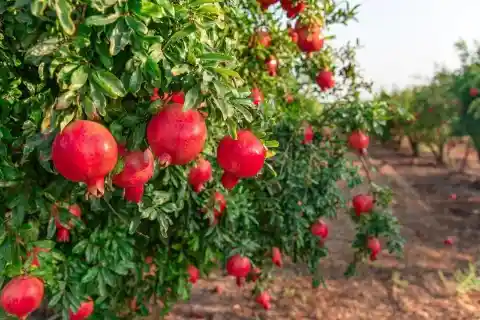
Pomegranate trees are pretty fussy about the water they receive and require sufficient heat to grow and mature these firm, tasty fruits. Pomegranates provide several health advantages. Their antioxidant qualities can improve general health and possibly lower the likelihood of developing various illnesses.
Cinnamon Bark
The inner bark of various tree species in the genus Cinnamomum is used to produce the spice known as cinnamon. Cinnamon is mainly used as an aromatic condiment and flavoring component in cooking, including sweet and savory dishes, snack foods, breakfast cereals, teas, and traditional foods.
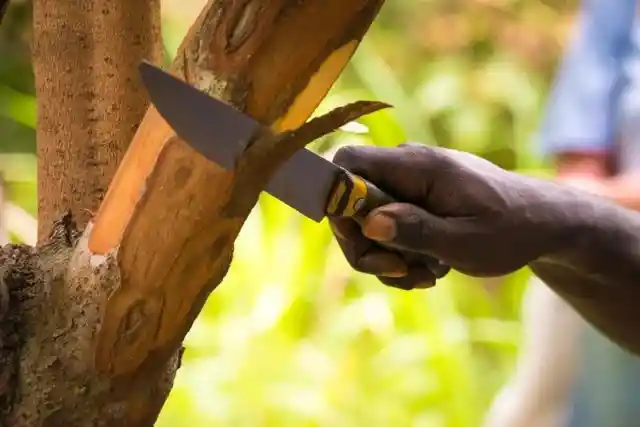

The value of cinnamon to the ancient Egyptians was greater than that of gold. Cinnamon, one of the world's oldest spices, has long been a mainstay in many types of holistic and conventional medicine because of its curative effects. Even as an anesthetic, the oil is beneficial.
Bananas Are Berries
From a botanical perspective, bananas are berries, not fruits. They grow down in bunches from plants that can reach heights of over thirty feet. These plants come from the same family as ginger and are considered herbs. The bananas they produce always grow upward from their stems.
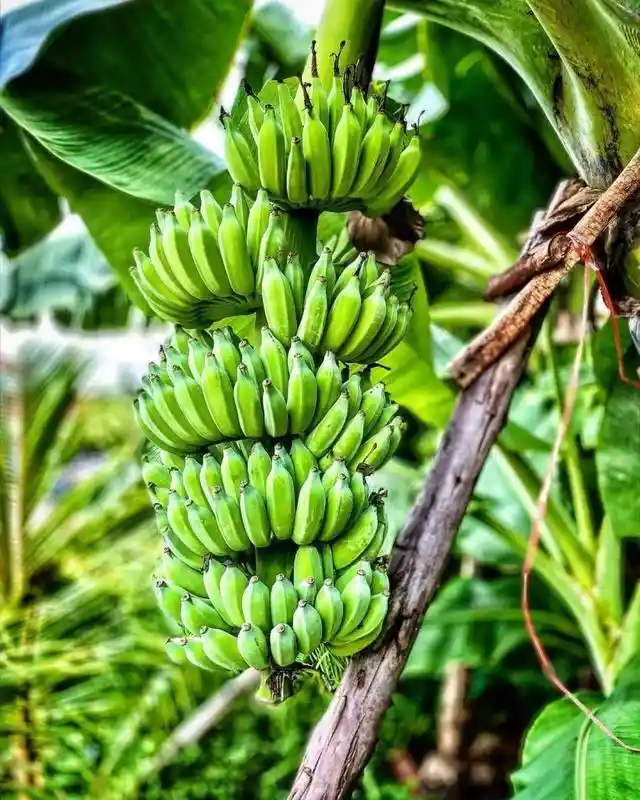
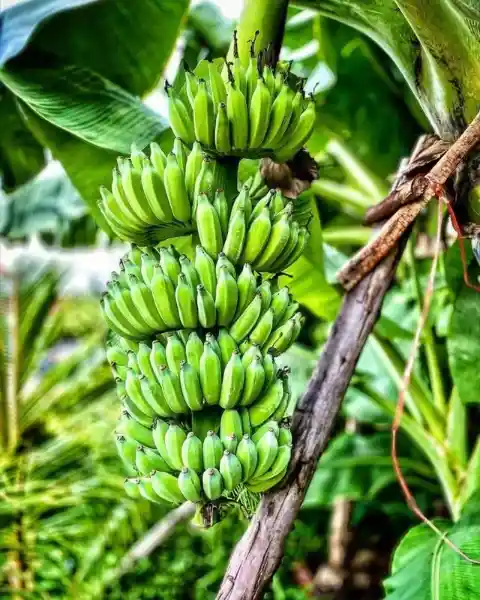
Do you think there are only yellow bananas available at the grocery store? Think again. Bananas are grown in more than a thousand different varieties all over the world. Each has a unique shape, color, and flavor. There is even a blue variety that has a vanilla ice cream flavor.
Cacao Grows on the Branch
Roasted seeds from the tropical cacao tree are ground to create bittersweet chocolate. However, what you find in the shop tastes nothing like the pod that comes from the tree. The picture below reveals that they resemble alien eggs. In truth, they taste about as bad as you’d expect an alien egg to taste!
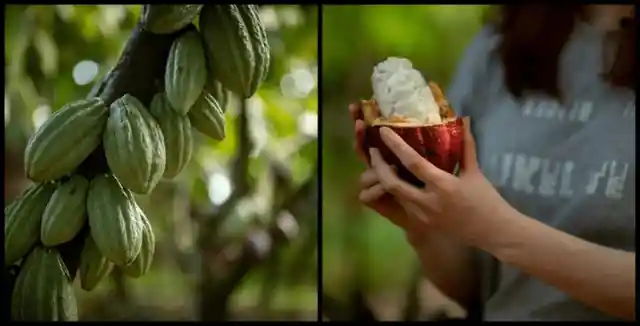
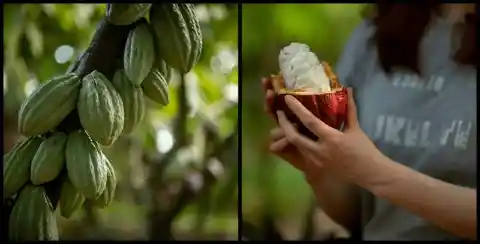
According to the Aztecs, cacao was found by the gods on a mountaintop and given to humans after they were created. The elite classes of the Aztecs who could afford it began to enjoy drinking chocolate. It wasn't until later that the rest of the populace gained access to it.
Okra and Its Flowers
One of the most unexpected features of okra is that it grows underneath a beautiful flower. This tasty vegetable is excellent in curries, or you can try it pickled for an added bite. Okra is not only a healthy addition to vegetable gardens, but it also makes a beautiful specimen in pots and garden borders. It is rich in fiber and protein.
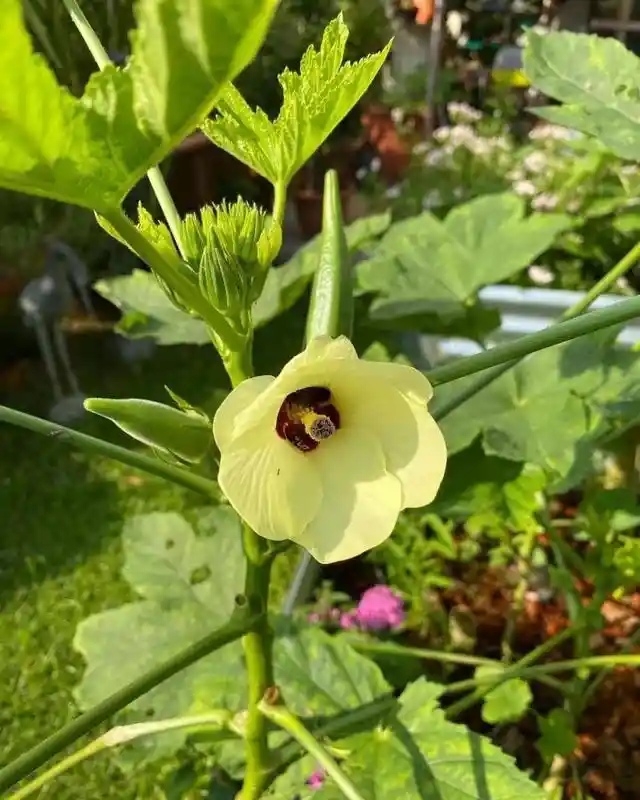
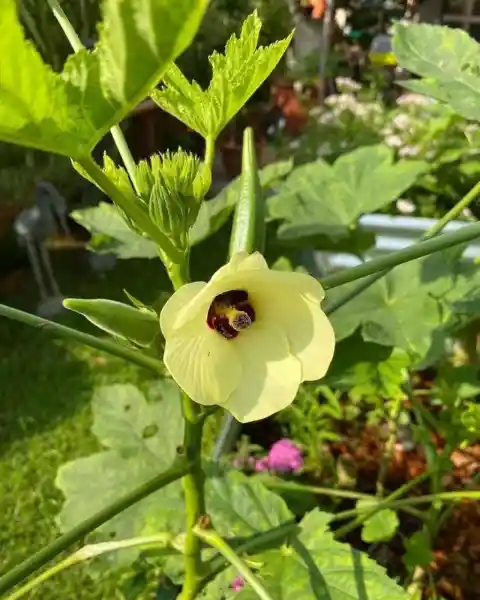
Okra also shares a family tree with cocoa and cotton, though we wouldn't recommend eating any of these straight from the plant. Okra plants are almost entirely edible – even the beautiful blooms.
Zucchinis Are Low Growers
Botanically speaking, zucchini is a fruit, even though it is commonly referred to as a vegetable. In the wild, these tasty delicacies have large, yellow blossoms that grow near the ground.
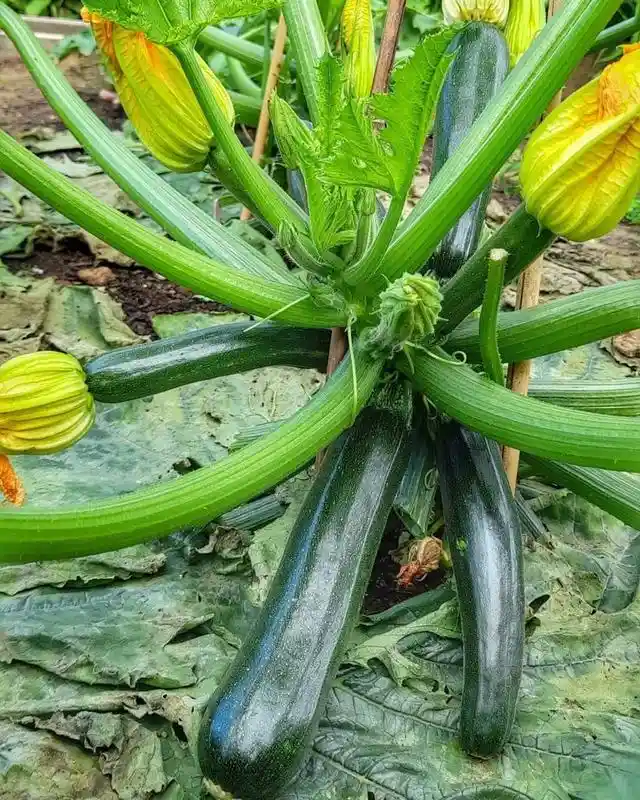
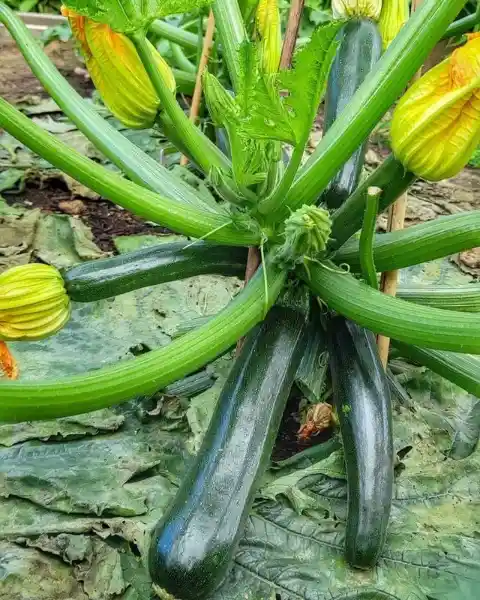
The zucchini plant's flowers can be eaten. They are delicious, whether eaten raw or cooked and have a bright yellow color with white and green striations. The bloom's entire body can be consumed, so there’s no need to cut any part off. In addition, they contain a lot of potassium, which will keep you full.
Persimmon in the Wild
For those looking to plant fruit trees in their yard, persimmon trees are a distinctive choice. Although it may appear to be a collection of little jack-o-lanterns, we can promise you that it is not a Halloween decoration. Many regions of Asia have trees that bear these little fruits.
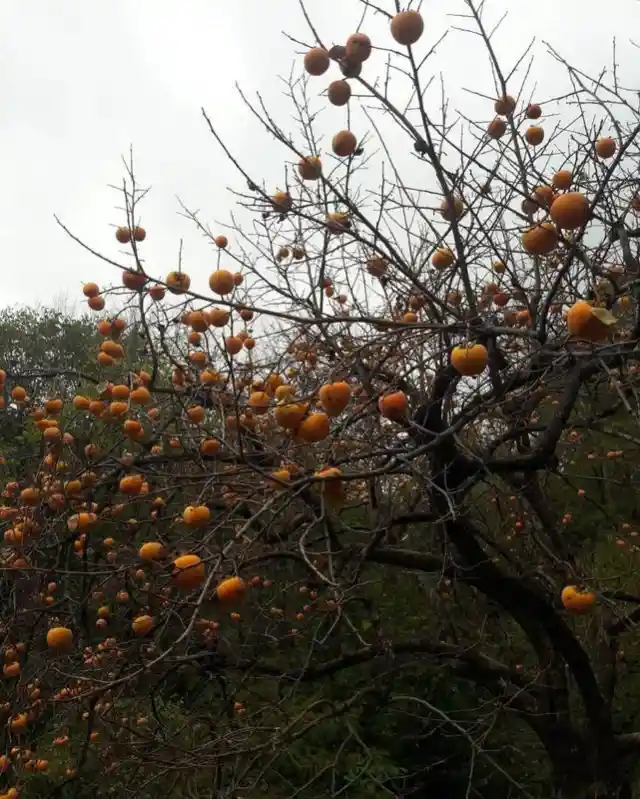
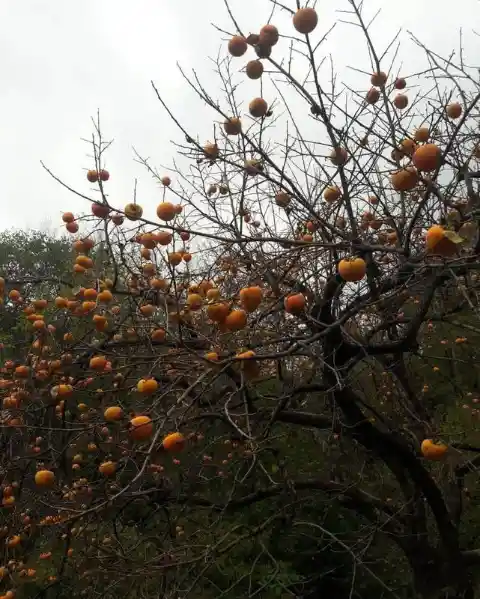
The delicious flavor of persimmons is the most pleasing part of them, but they also have several health benefits. Persimmons are a rich source of manganese, vitamins A and C, and other beneficial nutrients. They also include antioxidants, which help lower the risk of developing various diseases.
Leeks and Their Flowers
These veggies might look familiar to you if you've read Dr. Seuss' The Lorax. They resemble Truffula trees, don't they? Rather than being a creation of his wild imagination, it seems these trees were inspired by leek flowers found in the real world.
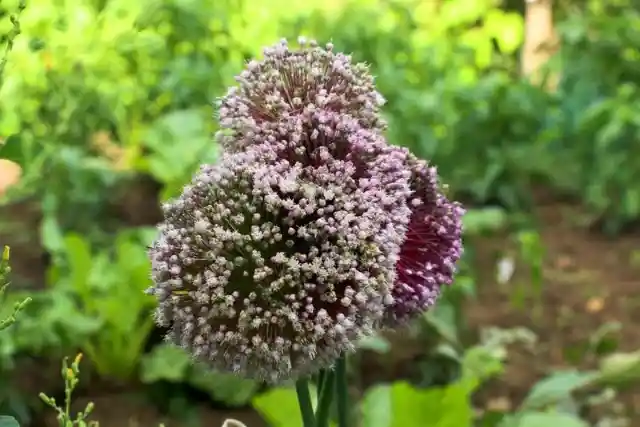
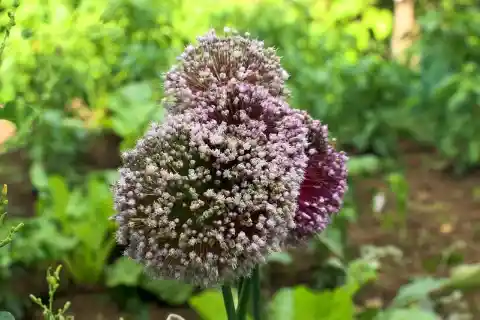
Welsh culture is heavily influenced by leeks, which warriors historically used to symbolize allegiance to their country. Leeks are loaded with nutrients that promote health, just like their other relatives from the allium family. They are rich in vitamin K, manganese, vitamin C, and vitamin A.
Broccoli Grows on the Ground
Most people believe that these green plants come from trees or the ground. However, they belong to bushes, with broccoli in their center. Broccoli is a superfood. Although it has few calories, it is rich in minerals and antioxidants that promote human health.
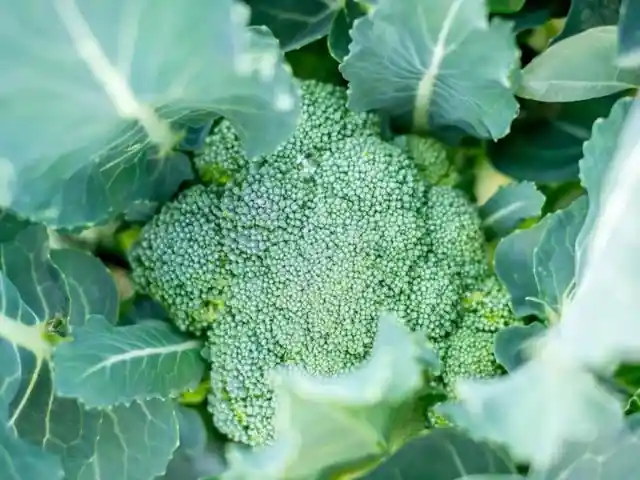
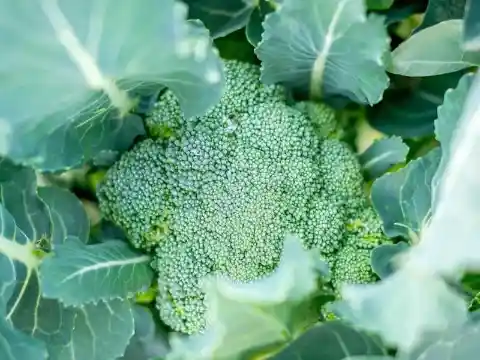
The word "broccoli" comes from Italian and means "a blooming cabbage top." It’s best to harvest broccoli early in the day when the buds are tight and firm, and it's hardly surprising that this process doesn't require a machine. Instead, they can easily be picked by hand.
Wasabi in the Wild
You may enjoy sushi, but have you ever been brave enough to try wasabi? Freshly grated wasabi has an intensely green flavor with a hint of quick-fading heat. In addition, wasabi is a beneficial supplement to any healthy diet because research has proven its anti-inflammatory properties.
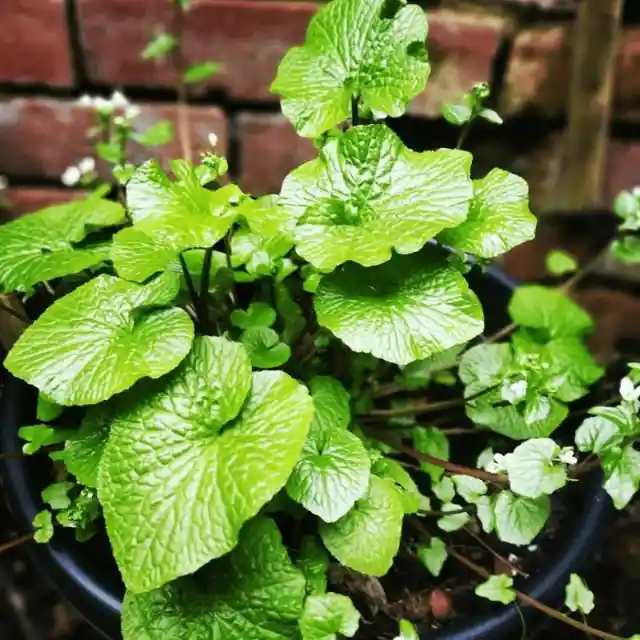
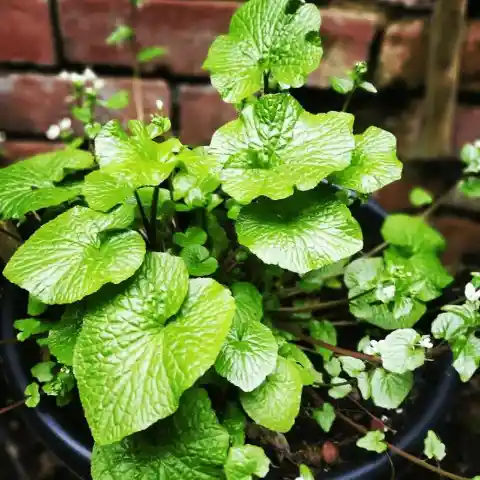
Since it is so challenging to grow real wasabi, most restaurants and supermarket shops use a synthetic version that tastes similar. The difficulty of maintaining the plant is one of the reasons why authentic wasabi is so tricky to find. In addition, the leaves will perish in direct sunlight.
Black Pepper
Black pepper is one of the most widely used and traded spices in the world, utilized in cuisines worldwide. However, it genuinely belongs to the family of fruits. This is because black peppercorns are initially very tiny grapes.
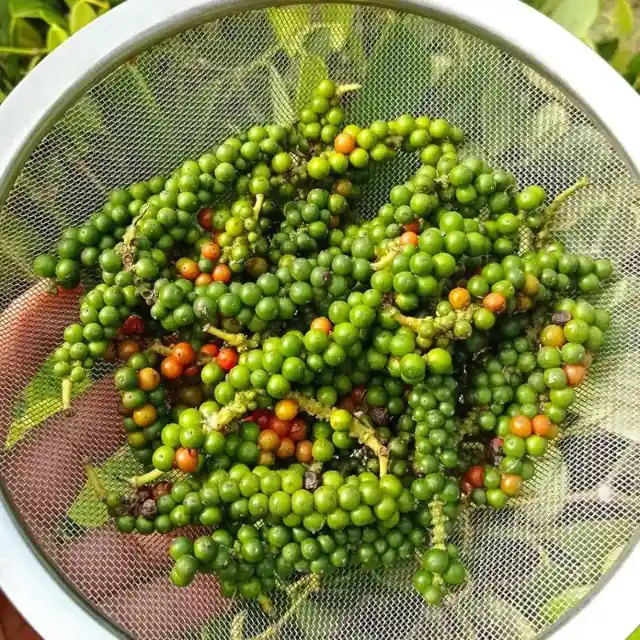
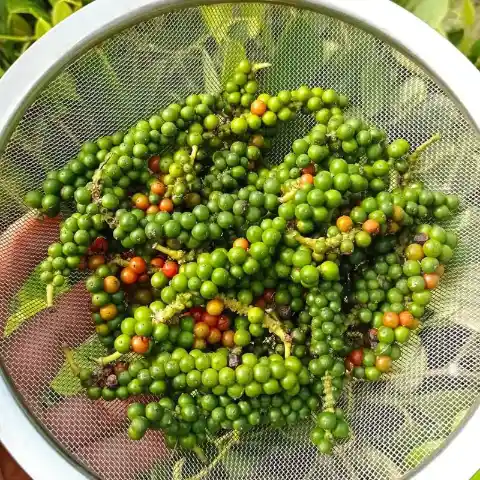
Farmers later dry them to create the familiar and beloved black peppercorns. Black peppercorns can grow in a variety of colors. Picking the green ones turns them into black pepper, while choosing the dark green ones turns them white. Yes, the same plant is where both peppercorns are grown!
Peanuts Grow Under the Ground
In reality, peanuts are not a proper nut. They are a sort of vegetable in the legume family. However, the protein structures of tree nuts and peanuts are similar.
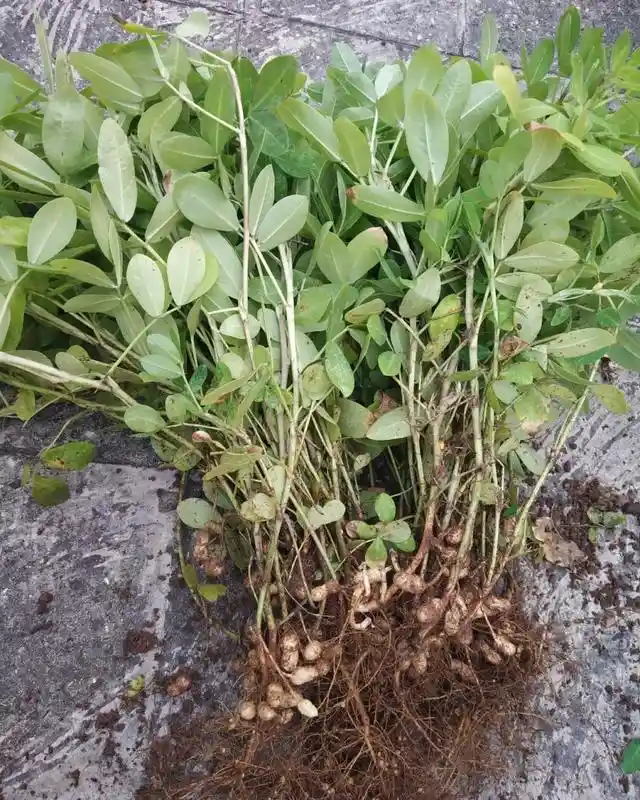
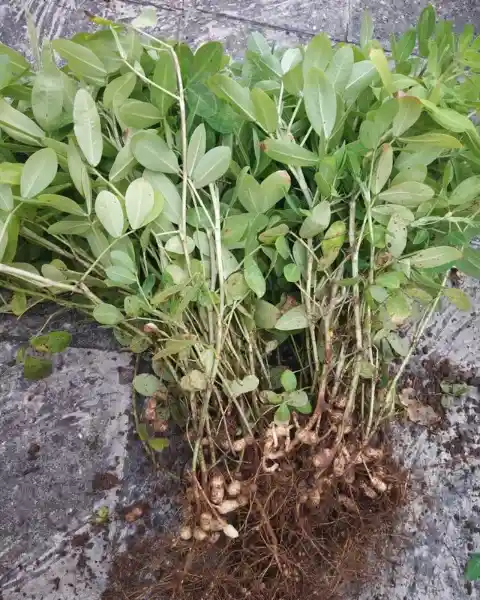
A warm-weather perennial vegetable, the peanut takes 120 to 130 frost-free days to mature, ready for harvest. Peanuts can typically be harvested in the fall as the leaves turn yellow. However, if the plants have mostly lost their leaves or the peanut hulls aren't firmly attached to the plant, it’s essential to harvest the peanuts right away.
Sesame Seeds
Sesame seeds resemble a creature from another planet when you see them in the wild. Like green beans, they are tucked away inside pods, so don't look for them anytime soon! If you stumble across these plants, you might even mistake them for okra.
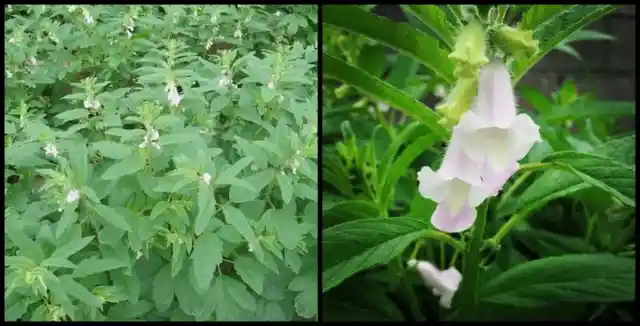
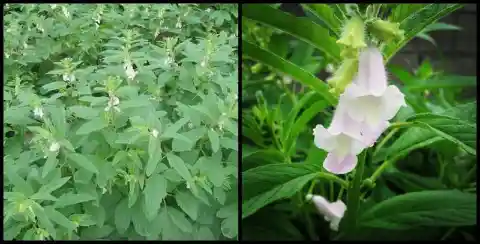
It makes sense that sesame seeds have so many fantastic health advantages, given all the nutrients they contain. They thrive particularly well in parts of Africa due to their resistance to the dry climate. These seeds are incredibly resilient!
Cranberries Are Cute
Cranberries are like rice – they require flooding to flourish. Therefore, they can be found in wet bogs, one of the list's more uncommon locations. They also take a very long time to develop fully. This may take almost a year and a half!

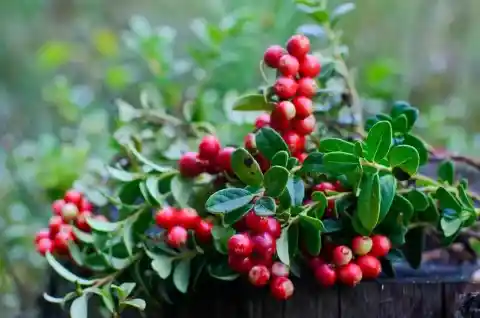
Additionally, not all cranberries are edible because 95% of them are too bitter to consume uncooked. They are instead processed to create delectable delicacies like cranberry sauce. Many consider cranberries a superfood due to their high nutritional and antioxidant content.
Blueberries Are Beautiful
Blueberries on their bushes look different from what people see in the supermarket, and the bushes can grow over 12 feet tall. While spring and fall are the best times to plant blueberries, you may do it at any time of year as long as the ground is not frozen.
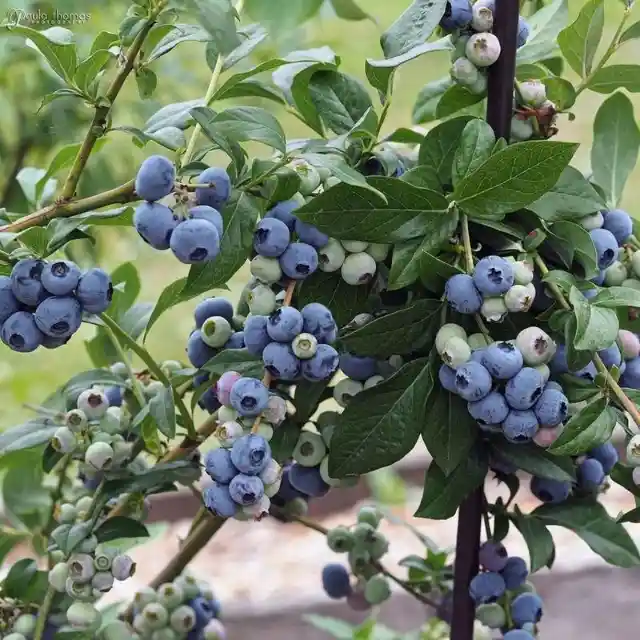
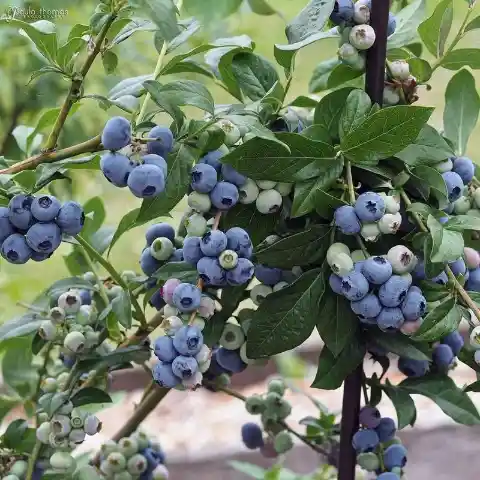
After harvest, it takes a while for blueberries to develop their distinctive hue. Therefore, you should pick them as soon as possible after they ripen because they can spoil quickly.
Almonds Grow on Trees
Despite being commonly referred to as nuts, almonds are seeds that have a tough fruit skin covering them. They are closely linked to roses and belong to the “drupe” fruit family because of how they grow. When the flowers are ready to be picked, they will bloom in stunning white color.
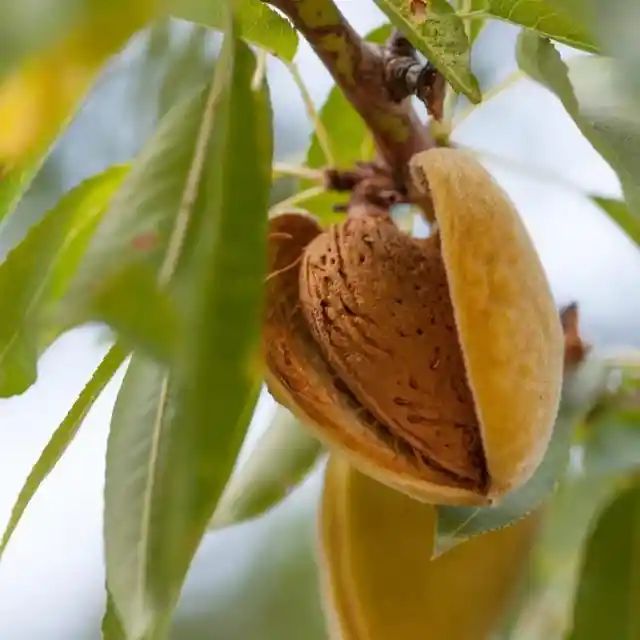
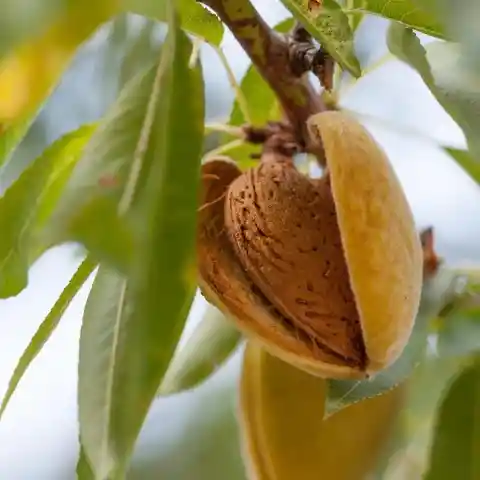
Because they require particular weather conditions, almonds are not the most environmentally friendly product. You can grind them to make plant-based milk. However, they need a lot of water to grow, so the environmental cost might not be justified.
Chickpeas and Their Pods
Chickpeas belong to the legume family and are sometimes referred to as the garbanzo bean. They develop two or three to a pod after emerging from their plant. Chickpeas are incredibly versatile vegetables and can improve virtually any recipe.
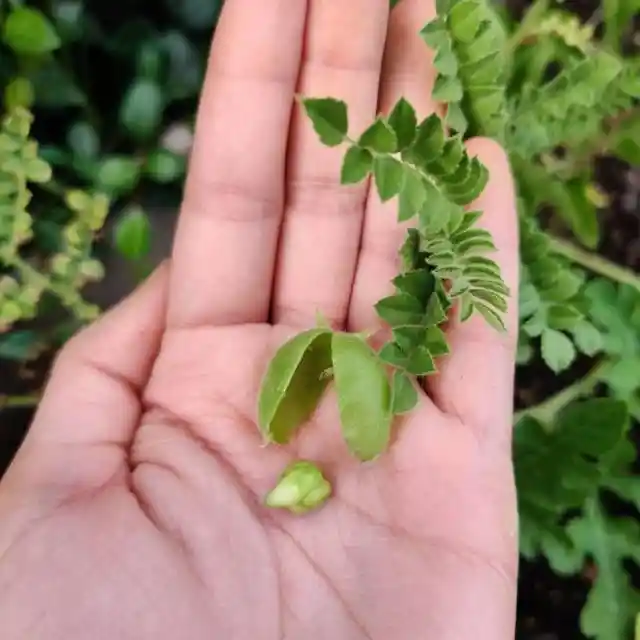
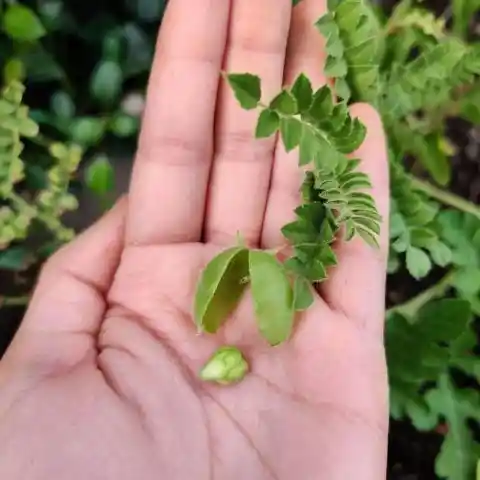
The most common variety is round and beige, but there are also red, green, and black variations. Their nutrients have several health advantages. Chickpeas are high in fiber and protein, just as other legumes. They also include several essential vitamins and minerals.
Mangos in the Wild
Mangoes are creamy, sweet fruits with a variety of potential health advantages. They are well-liked worldwide due to their cooling effect on a hot summer day. Most of us know this fruit's characteristic orange color, but it wasn't always that way.
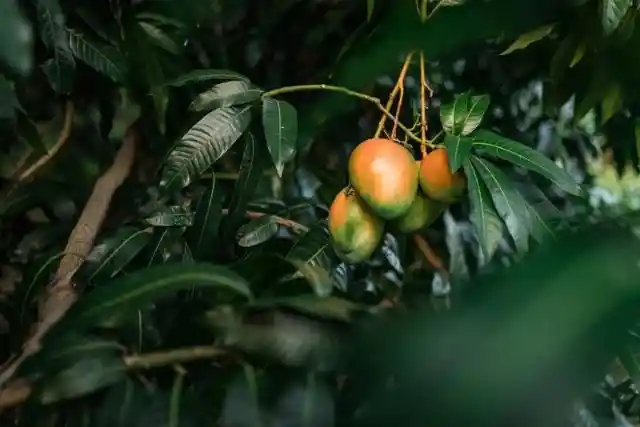
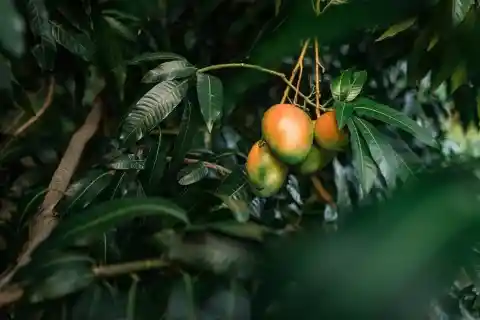
They turn more purplish as they grow. Finally, when it's time to select, they will hang down, poised to drop to the ground. These are yet another fruit with a lengthy history, originating in India more than 5,000 years ago.
Coffee Beans
Coffee beans are regarded as a fruit. Coffee trees with green, waxy leaves bear red, purple, or black coffee cherries containing the beans. Although we wouldn't suggest eating a mouthful, they are still loaded with caffeine as they mature.
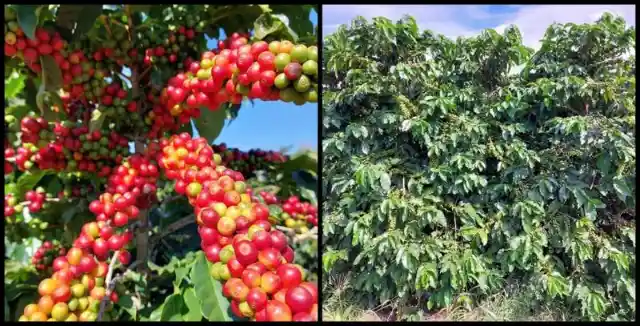
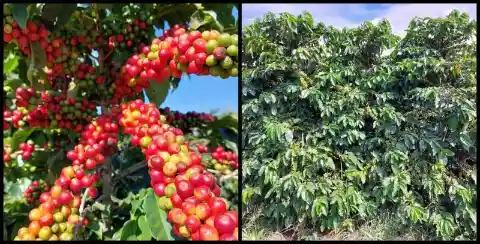
The beans will awaken you, but they taste awful. Coffee was once made into a drink akin to wine before becoming a standard morning beverage consumed by people worldwide. While it’s hard to overdose on coffee alone, drinking too much can give you some unpleasant side effects, so be sure to enjoy this jittery beverage in moderation!
Pineapple Is Peculiar
Pineapples do not grow on trees. Instead, this fruit emerges from massive ground shrubs! Both the bushes and the tips of the pineapples have sharp edges. They don't taste even close to as sweet, though.
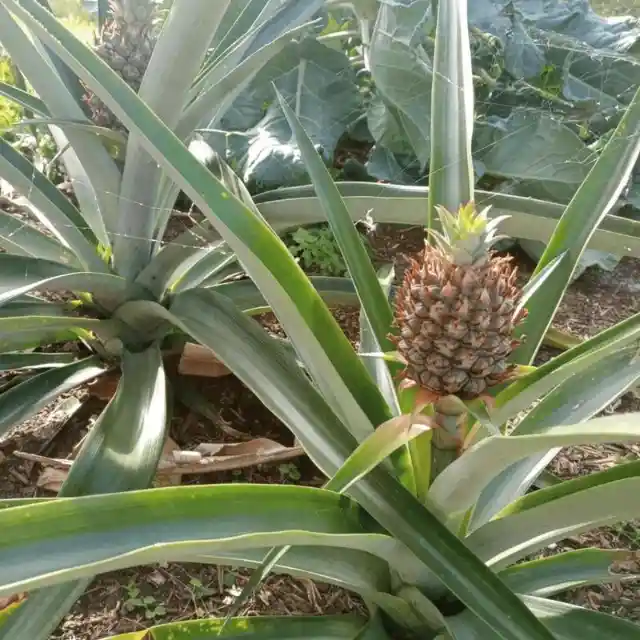
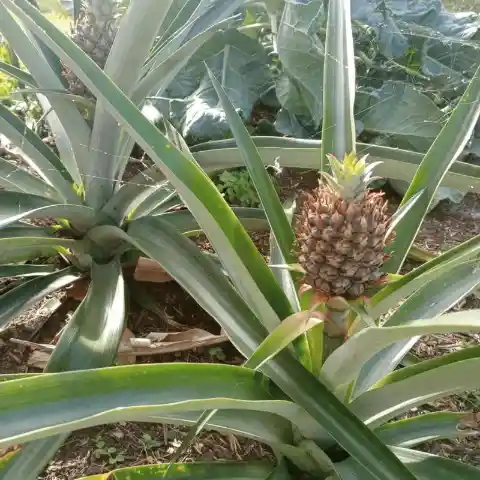
The warm months are when your pineapple plant will thrive the most. But how you plant them is even more unusual than their bizarre appearance. To start another pineapple, you simply need to plant its top portion. But don't get your expectations up, as it may take years for things to pay off.
Asparagus Looks Like Snakes!
Being one of the few perennial veggies planted in gardens, asparagus is usually the first vegetable ready for harvesting in the spring. Farmers harvest asparagus from the stalk, which grows directly from the ground.
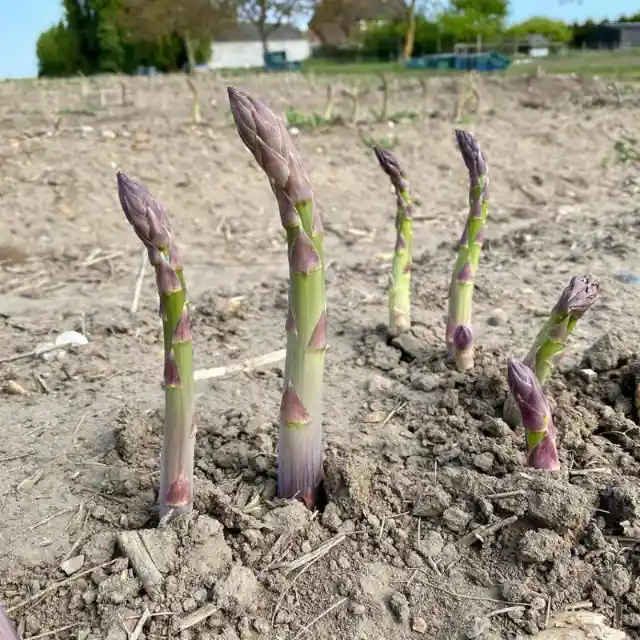
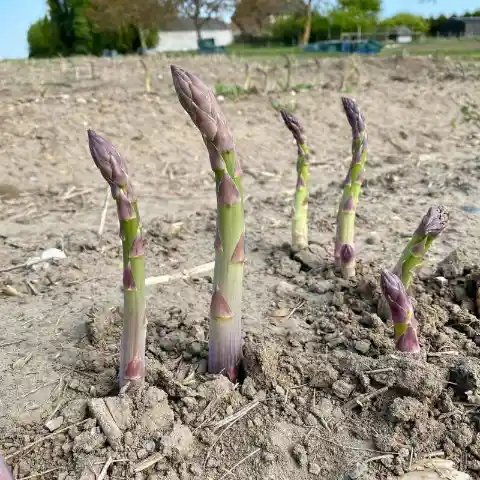
Although asparagus plants take three to five years to develop fully, the wait is worthwhile. You will be able to collect asparagus spears every spring for more than a month after they begin to produce well. If you give it some thought, it might be worthwhile because asparagus is an excellent source of vitamins and fiber.
Dates Are Delicious
Dates are stone fruits because a single, tiny seed is tucked inside their outer, meaty fruit. If you’ve ever been to the tropics, you may have seen large bunches of dates hanging from palms instead of coconuts. These are date palm trees, and enjoying some natural sugar is easy with their delectable fruits.
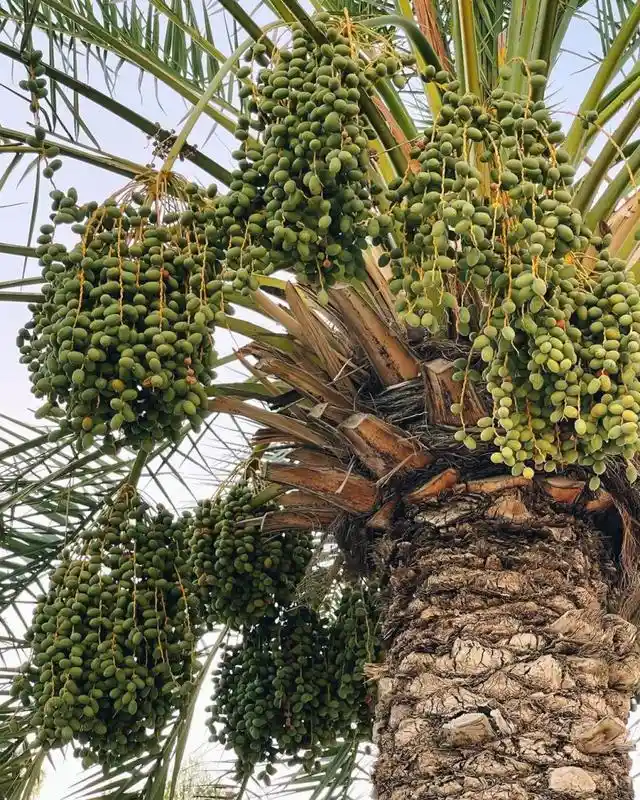
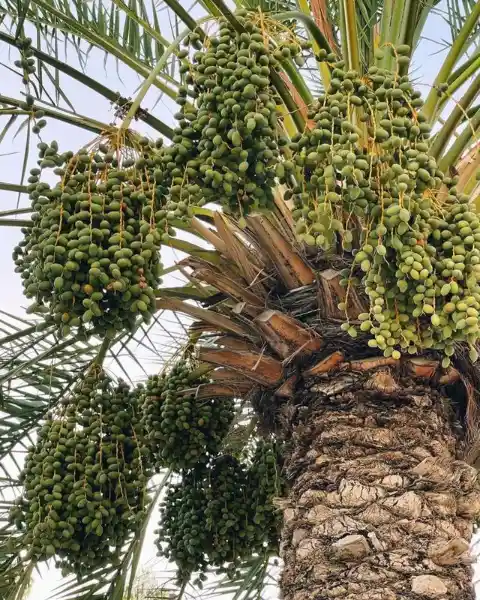
Pulling these fruits down requires a lot of climbing, as you can imagine, so it's not simple. In addition, the fruits can occasionally reach heights of over 70 feet, making collection difficult, especially when it's hot outside in the summer.
Capers Are Quirky
A delightful complement to any dish, capers are often used in Mediterranean cuisine. The many-branched caper bush also yields tasty berries, and the edible flower buds are known as capers. However, given that they are extremely bitter when raw, they’re often pickled before being consumed.
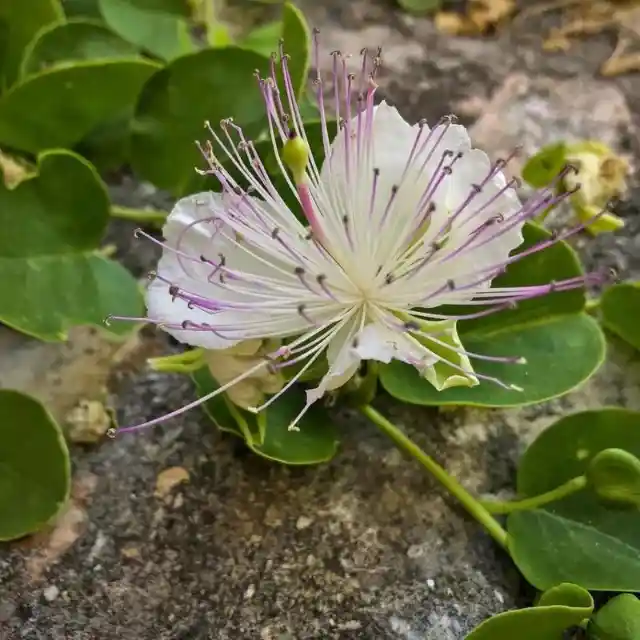
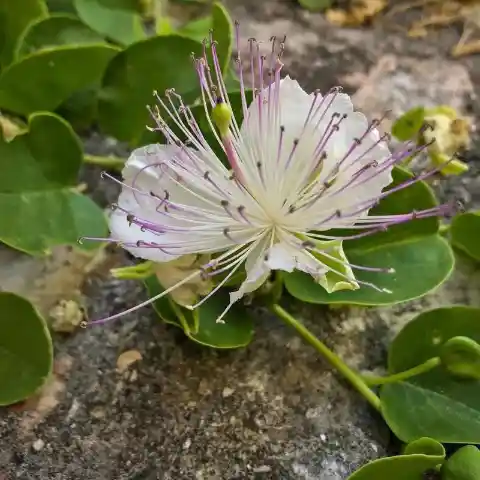
Capers would taste highly different without vinegar or salt. If you choose to grow them, you should select the larger flower buds for harvest. They will taste considerably more potent as a result, and cream cheese is a fantastic combination with them.
Cashews Grow in Trees
These plants may be recognizable to lovers of Alice in Wonderland as the dancing mushrooms. Even the red color appears to be practically identical! A tropical tree with a kidney-shaped seed, the cashew tree is native to Brazil but is now grown in many low-lying areas worldwide.
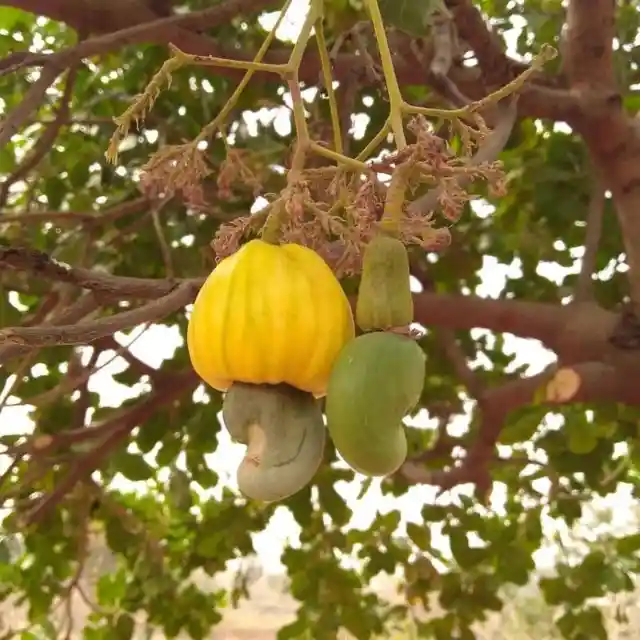
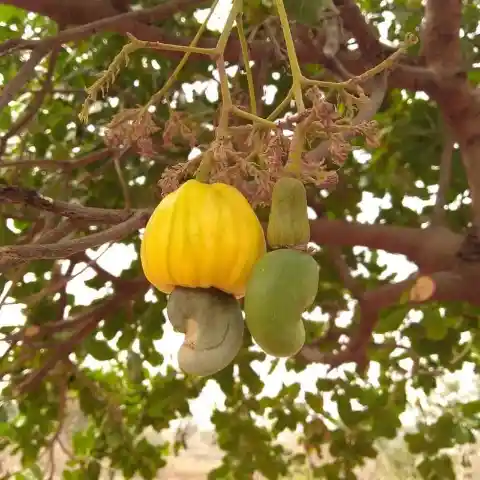
We only use the nuts collected from the fruit's bottom and discard the apples. However, there are uses for cashew apples. Strangely enough, they were used to manufacture weapons during shortages in World War 2!
Lentils Grow in Pods
Being a member of the legume family, lentils typically grow in pods. They are high in fiber and protein but are significantly low in fat and calories. They are a healthier alternative to meat and can help many people bulk up in the gym.
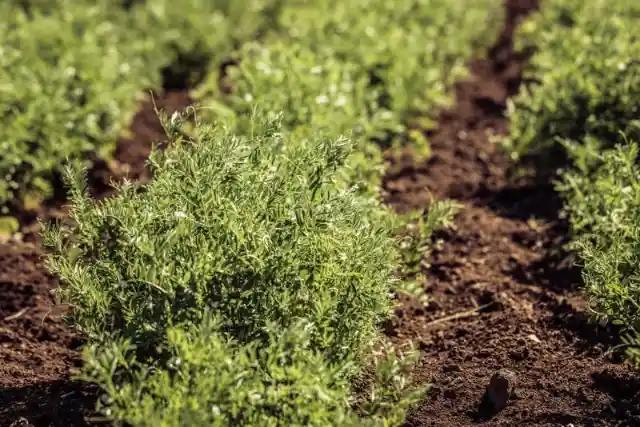
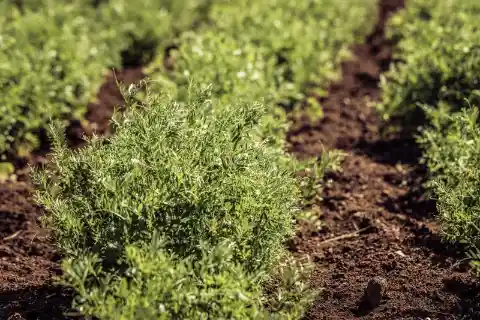
Compared to most food-bearing plants, lentils resemble grass or inedible shrubs. But this delectable legume has been consumed by humans for thousands of years. Lentils originated in central Asia and then expanded all over the world.
Artichokes Have Stunning Flowers
Natural artichokes could easily be mistaken for a stunning bouquet, but they taste far better when cooked. The edible flower buds on artichokes, picked before the flowers bloom, are the main reason they are planted. Artichokes are used in a variety of delicious cuisines all around the world.
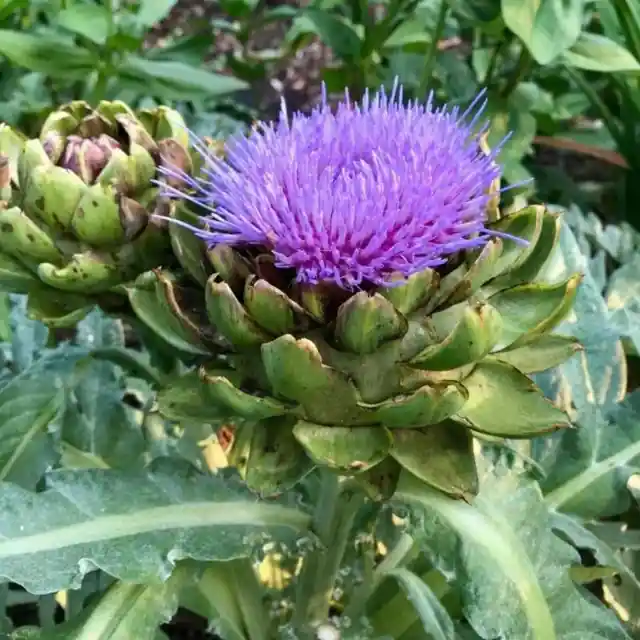
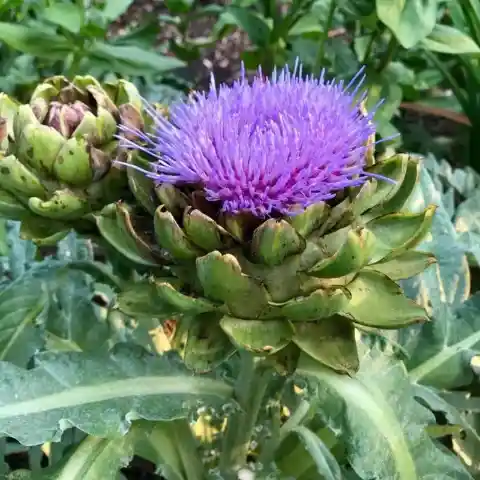
You probably won't ever see another plant as colorful as an artichoke. You'll need a lot of heat and moisture if you want to cultivate them at home. Artichokes thrive best in humid climates with moderate winters and cool summers.
Quinoa Is a Kind of Grass
As the need for simple-to-grow, wholesome, gluten-free grain substitutes has skyrocketed, quinoa's appeal has expanded dramatically. As a result, you can now use quinoa in various meals, both savory and sweet, and it is generally accessible everywhere.
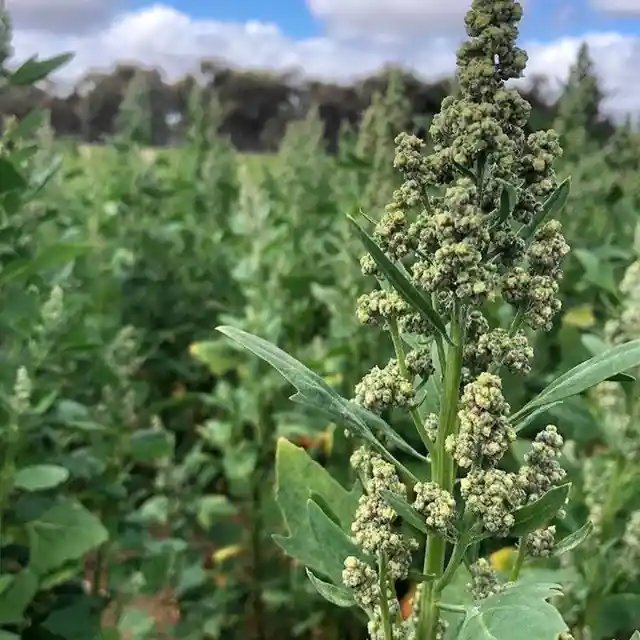
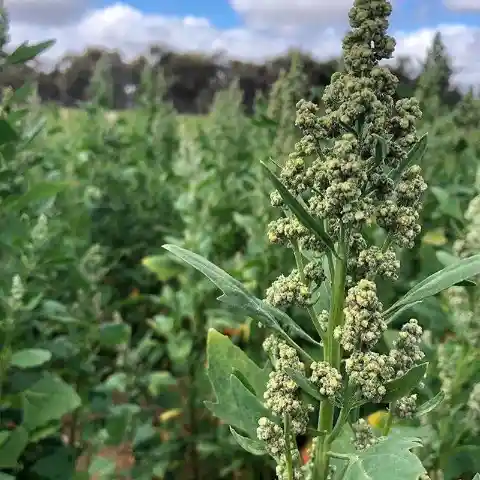
Quinoa resembles a long flower as it grows. After harvesting them, farmers will shake the buds to separate the seeds from the stem. They then rinse the little seeds to remove some of their inherently bitter flavors. Quinoa is still an acquired taste, but at least it is reasonably priced!
Vanilla Bean
Vanilla plants produce lovely white flowers with pods that are subsequently dried and handled by farmers to create vanilla. These beans are recognized for being nearly creamy in texture, delicate, and earthy, and they frequently contain a mild sweetness akin to raisins.
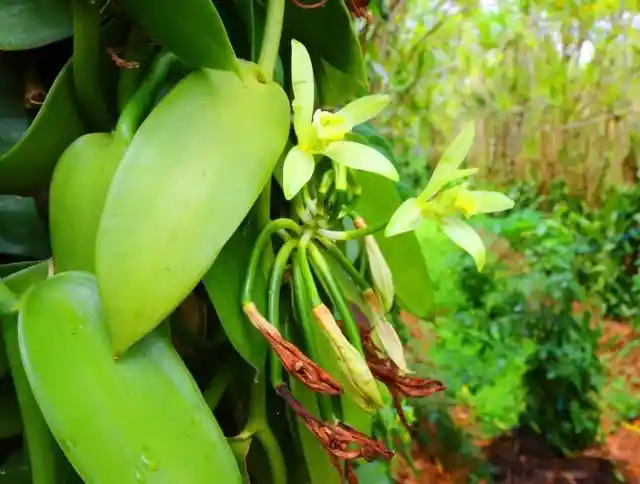
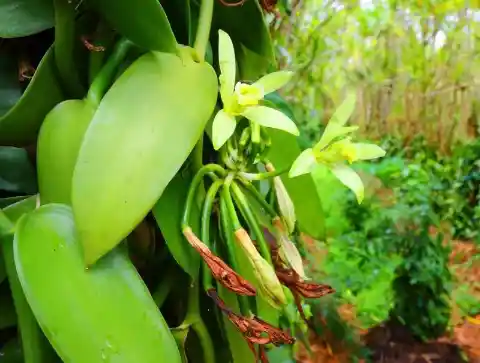
Vanilla is another plant exclusive to countries with extreme heat, including Mexico, Tahiti, and Madagascar. You may use vanilla to give your home a much finer scent in addition to using it in cooking. Who doesn't adore the fragrance of an elegant vanilla candle?
Saffron Is Pretty
You might be familiar with saffron as one of the priciest spices available. Saffron is a spice made of reddish-brown threads that give a range of foods a golden hue and an earthy, delicately sweet flavor when used in cooking. The spice is solely made from the red parts of the flowers you see below.
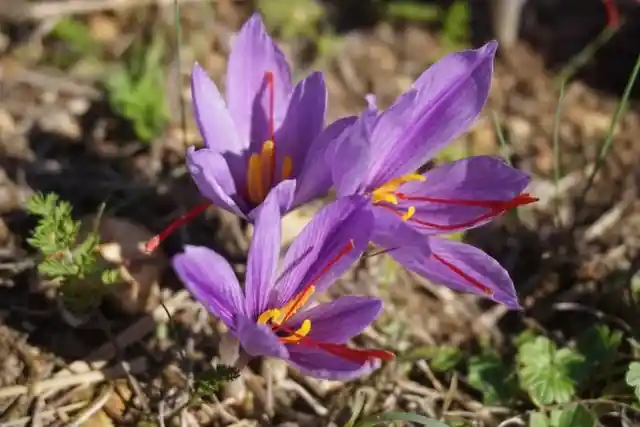
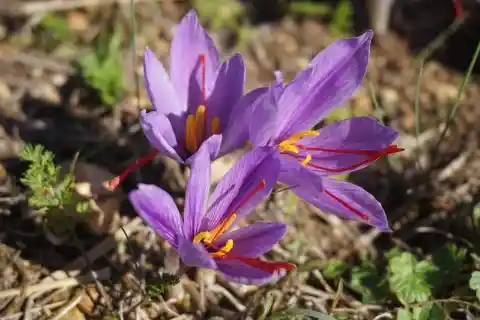
The active ingredients in saffron, such as crocetin and safranal, which support general health, are responsible for the spice's positive effects. Its anticancer properties and ability to help with depressive symptoms and improve one's mood make it the perfect spice.
Poppy Fields
Everyone is familiar with the poppy field scene from The Wizard of Oz. Although it seems believable given that poppies are used to produce morphine, the reality is different. In addition, the plants appear far creepier than you would expect before the poppy seeds bloom.
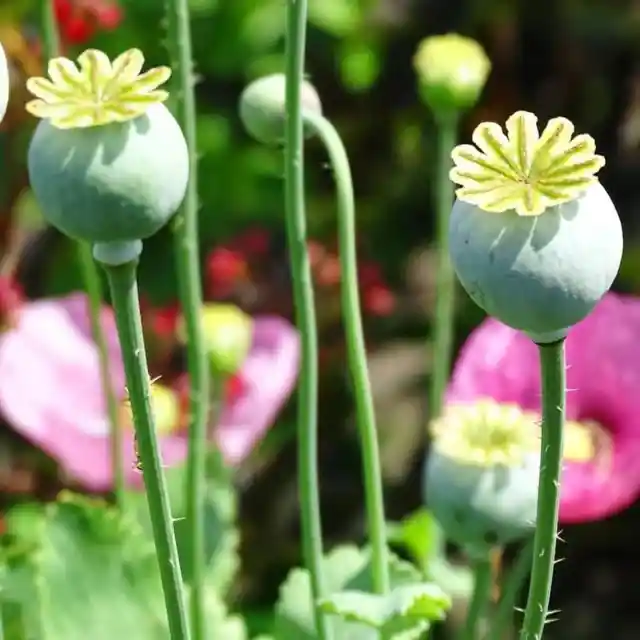
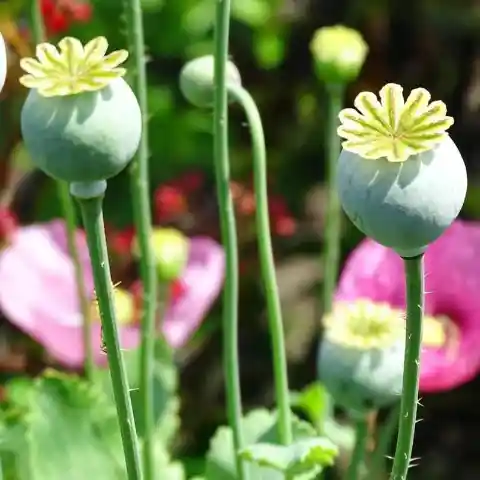
Poppy seeds are edible when they resemble this and have a nutty flavor. Scientists extract chemicals from the poppy flower to make potent analgesics like morphine. Of course, everyone is familiar with poppy seeds on bagels. This flower is incredibly beneficial in many ways.
Cloves Look Like Twigs
Natural cloves could be mistaken for a collection of twigs relatively easily. However, the part of a tree that cloves come from is not what you might think! It’s not the bloom but the buds. However, you can include the blossoms in a meal.
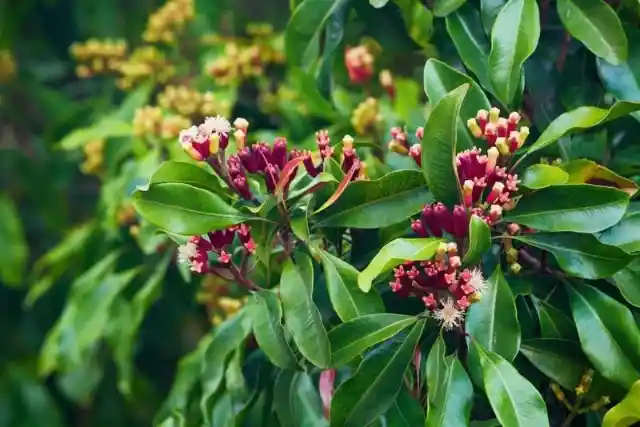
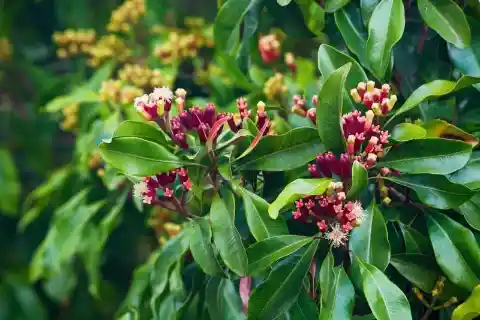
This adaptable spice, available both whole and ground, can be used to season pot roasts, flavor hot beverages, and infuse a spicy warmth into pastries and cakes. Although cloves are most famous for being a pleasant and fragrant spice, they have also been utilized in folk medicine.
Camellia Flowers
This small, hardy evergreen shrub, initially used to make caffeinated teas, is the most frequently planted Camellia in the world. Hibiscus-like in appearance but with a more robust flavor, camellias are commonly found growing in Japan.
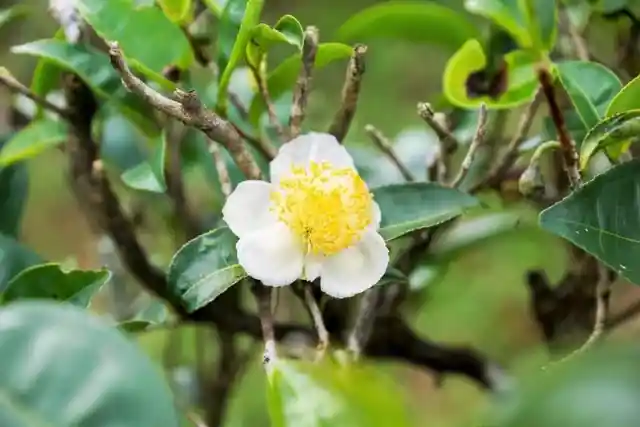
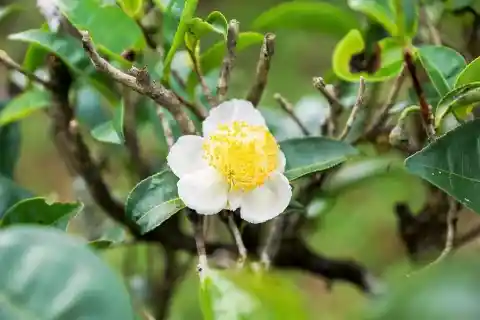
Camellia tea has floral notes and is moderately sweet. It has a flavor comparable to mint, and if you add honey, you can increase the sweetness. You should consume it to reduce stress. It can also strengthen the heart by lowering triglycerides, cholesterol, and blood pressure.
Arugula Looks Like Spinach
Arugula has a slightly tart, spicy, and peppery flavor. It adds a vibrant green freshness to salad mixes. Similar to raw spinach, the leaves are delicate with a crisp stem. Arugula has a soft texture when cooked, similar to that of spinach.
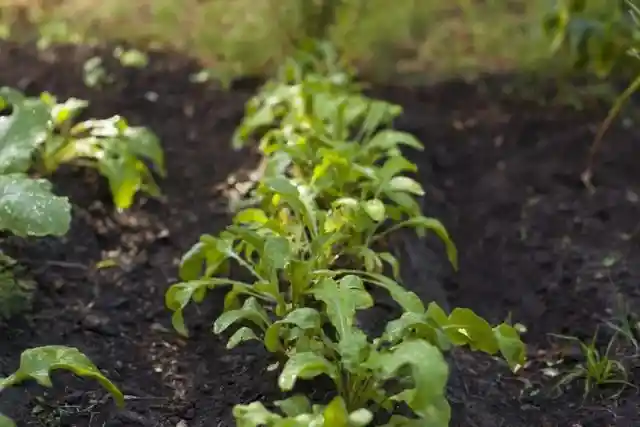
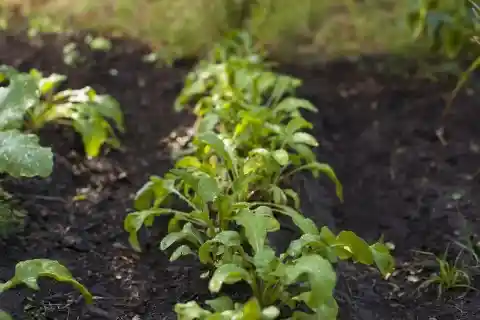
If you're fortunate enough to raise some arugula, you may prefer to hold on tight. It can qualify as a gourmet good that is somewhat pricey to purchase. Many restaurants will charge up to $15 for salads with arugula!
Kidney Beans
One variant of the common bean is the kidney bean. Its name comes from the fact that it resembles a human kidney. They develop in pods that resemble cinnamon stalks but taste very different.
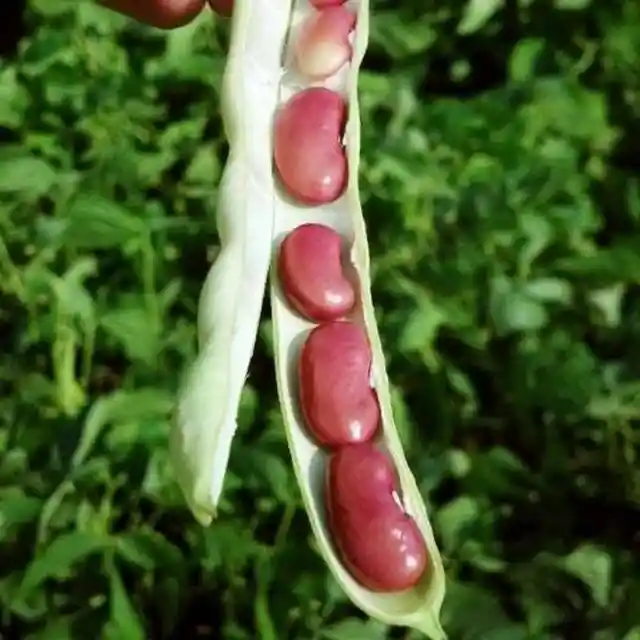
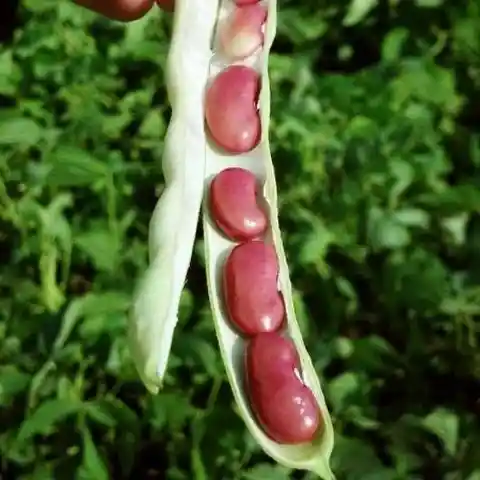
The best plant-based sources of protein are kidney beans. They are also abundant in beneficial fiber, which helps to maintain balanced blood sugar levels and support intestinal health. Since kidney beans are rich in protein, fiber, and proteins that slow down the absorption of carbohydrates, they may also help with weight loss.
Walnuts in the Wild
Walnuts are single-seeded, round stone fruits from the walnut tree. They are an excellent source of fiber, protein, and heart-healthy lipids. In addition to other advantages, they might improve bone and heart health and aid in weight control.
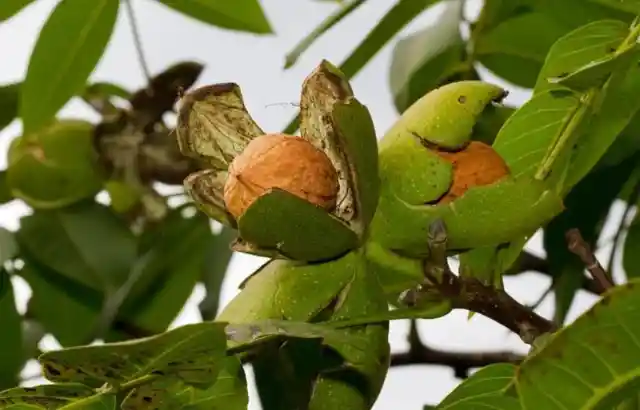
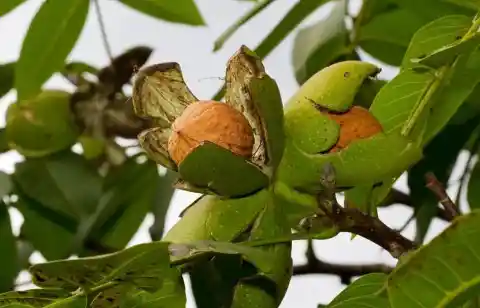
The innermost layer these nuts have is the one you break off before eating. Walnuts have an additional layer to help shield them from the environment when they grow in the wild. As they date back to 7,000 BCE, these tree nuts are indeed the oldest tree food that humans are known to have consumed.